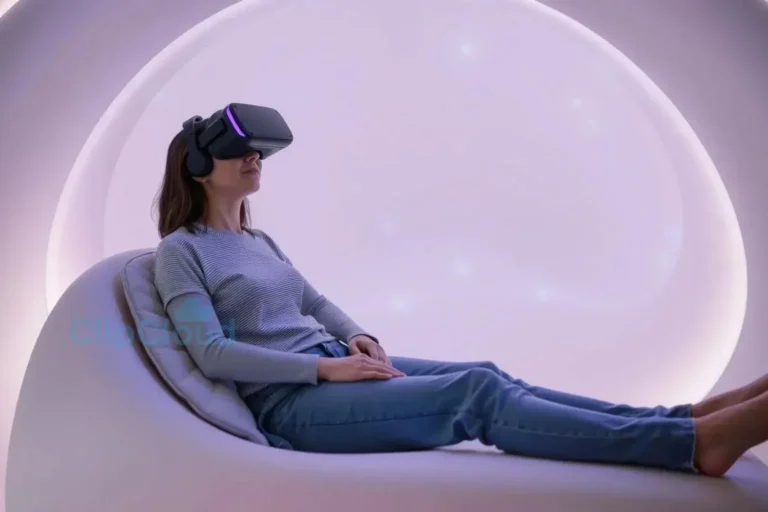What is Continuous Glucose Monitoring (CGM)?
Continuous Glucose Monitoring (CGM) is a revolutionary technology that provides dynamic insights into blood sugar levels. A small sensor, inserted just under the skin, measures glucose in the interstitial fluid. This data is wirelessly transmitted to a receiver, often a smartphone or dedicated device, offering a constant stream of glucose readings and trend arrows. This real-time feedback empowers individuals to understand how their dietary and lifestyle choices impact their glucose levels.
How CGM Improves Dietary Choices
Continuous Glucose Monitoring (CGM) empowers individuals to make informed dietary choices like never before. By providing real-time glucose data and tracking trends, CGM offers a personalized window into the body’s metabolic responses to different foods. This immediate feedback allows for a deeper understanding of how specific meals, ingredients, and even portion sizes affect blood sugar levels, moving beyond generalized dietary advice and into the realm of personalized nutrition.
One of the most significant ways CGM improves dietary choices is by highlighting the individual variability in glucose responses. What may cause a significant blood sugar spike in one person might have a minimal effect on another. CGM illuminates these individual differences, allowing users to identify their personal “trigger foods” – those that consistently lead to undesirable glucose fluctuations. Armed with this knowledge, individuals can make more informed choices, substituting trigger foods with healthier alternatives or adjusting portion sizes to mitigate glucose spikes.
Furthermore, CGM facilitates experimentation and mindful eating. Users can test the glycemic impact of different food combinations, cooking methods, and meal timings. For example, someone might discover that adding protein and fiber to a carbohydrate-rich meal helps stabilize their glucose response. This real-time feedback encourages a proactive and engaged approach to eating, fostering a deeper understanding of the body’s unique metabolic needs.
The insights provided by CGM extend beyond simply identifying problem foods. It helps users understand the cumulative effect of their dietary choices throughout the day. They can see how their glucose levels respond to breakfast, lunch, and dinner, and make adjustments accordingly. This allows for a more holistic approach to dietary management, focusing on overall glucose patterns rather than isolated incidents of high or low blood sugar.
Ultimately, CGM empowers individuals to move away from restrictive dieting and towards a more sustainable, personalized approach to eating. By providing clear, actionable data, CGM facilitates informed decision-making, promoting healthier food choices and fostering a stronger connection between what we eat and how we feel.
Beyond Diabetes: The Expanding Applications of CGM
While Continuous Glucose Monitoring (CGM) has revolutionized diabetes management, its applications are rapidly expanding beyond this traditional scope. Increasingly, CGM is being recognized as a powerful tool for anyone seeking to optimize their metabolic health, improve athletic performance, and gain a deeper understanding of their body’s unique responses to food and exercise.
In the realm of athletic performance, CGM offers valuable insights into how different training regimens and nutritional strategies impact energy levels and recovery. Athletes can use CGM to identify optimal fueling strategies, preventing energy crashes during training and optimizing carbohydrate intake for recovery. By monitoring glucose fluctuations in real-time, athletes can fine-tune their nutrition and training plans to achieve peak performance.
Beyond athletics, CGM is gaining traction among health-conscious individuals seeking to improve their overall metabolic health. By tracking glucose responses to different foods, individuals can identify potential sensitivities and optimize their diet for stable energy levels and weight management. CGM can also reveal the impact of stress, sleep, and other lifestyle factors on glucose control, providing a comprehensive picture of metabolic well-being.
Researchers are also exploring the potential of CGM in various other areas, including prediabetes management, polycystic ovary syndrome (PCOS), and even reactive hypoglycemia. The ability to track glucose fluctuations continuously offers valuable data for understanding and managing these conditions, potentially leading to earlier interventions and improved outcomes.
Furthermore, the integration of CGM technology with other wearable devices and health platforms is creating exciting possibilities for personalized health management. As CGM data becomes more readily accessible and integrated with other health metrics, it can contribute to a more holistic understanding of individual well-being, empowering individuals to take proactive steps towards optimizing their health.
As CGM technology continues to evolve and become more accessible, its applications are likely to expand even further. From personalized nutrition and athletic performance to preventative healthcare and disease management, CGM is poised to play an increasingly important role in empowering individuals to take control of their metabolic health and achieve optimal well-being.
The Future of CGM and Personalized Nutrition
The future of Continuous Glucose Monitoring (CGM) is intertwined with the burgeoning field of personalized nutrition. As CGM technology continues to advance, it promises to unlock even deeper insights into individual metabolic responses, paving the way for truly personalized dietary recommendations and interventions.
One exciting development is the integration of artificial intelligence (AI) and machine learning algorithms with CGM data. These sophisticated tools can analyze complex glucose patterns, identify individual sensitivities, and even predict future glucose fluctuations based on dietary choices and other factors. This predictive capability can empower individuals to make proactive adjustments to their meals and lifestyle, preventing undesirable glucose spikes and maintaining optimal metabolic control.
Furthermore, the integration of CGM with other wearable devices and health platforms will create a more comprehensive picture of individual health; By combining glucose data with information on activity levels, sleep patterns, heart rate variability, and even gut microbiome composition, AI algorithms can generate highly personalized dietary and lifestyle recommendations tailored to each individual’s unique needs and goals.
Imagine a future where your CGM, in conjunction with other wearable devices, anticipates a potential glucose spike based on your planned meal and suggests a pre-meal walk or a slight adjustment to your portion size. This level of personalized, real-time guidance can revolutionize how we approach nutrition and empower individuals to achieve optimal metabolic health.
Beyond individual applications, the widespread adoption of CGM could also transform public health initiatives. By collecting and analyzing anonymized CGM data from large populations, researchers can gain valuable insights into the complex interplay between diet, lifestyle, and metabolic health. This data can inform the development of more effective public health interventions and personalized dietary guidelines tailored to specific demographics and risk profiles.
The future of CGM is not just about monitoring glucose; it’s about leveraging that data to create a future of personalized, proactive, and preventative healthcare. As CGM technology continues to evolve and become more accessible, it holds immense potential to transform how we understand, manage, and optimize our metabolic health, leading to a healthier and more empowered future for all.






